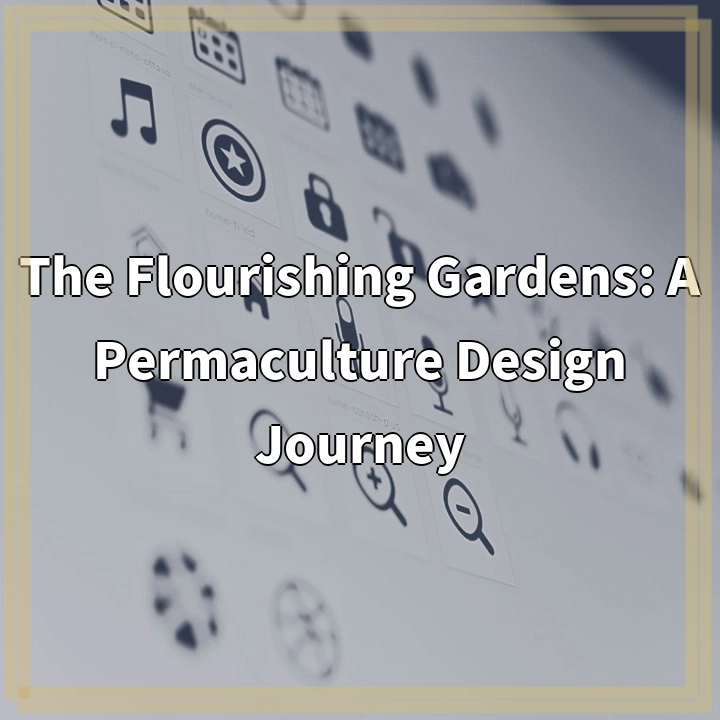
What is Permaculture Design?
Permaculture design is an approach to sustainable land use and agriculture that focuses on creating harmonious and regenerative systems. It aims to mimic natural ecosystems to create self-sustaining and resilient gardens that require minimal inputs and have numerous benefits for the environment and human communities.
Real-World Problems Associated with Permaculture Design
Permaculture design addresses several pressing environmental and societal challenges:
1. Soil Degradation
Conventional agriculture practices often deplete soil nutrients and contribute to erosion. Permaculture design focuses on building healthy soil through techniques like composting, mulching, and rotational grazing. By preserving and improving soil quality, permaculture helps combat soil degradation and improve long-term productivity.
2. Water Scarcity
With the increasing global water crisis, permaculture design provides solutions for efficient water use. Techniques such as rainwater harvesting, swales, and gray water recycling help replenish groundwater levels and reduce water waste. By implementing water conservation strategies, permaculture gardens can thrive even in arid environments.
3. Biodiversity Loss
Traditional agriculture often leads to the destruction of ecosystems and loss of biodiversity. Permaculture emphasizes the importance of preserving and fostering biodiversity in gardens. By incorporating a variety of plant species, creating habitats for pollinators and wildlife, and using organic and regenerative farming practices, permaculture gardens promote biodiversity and contribute to ecosystem conservation.
4. Food Security
Permaculture design aims to create sustainable food systems that are resilient to climatic changes, disruptions in the global food supply chain, and other uncertainties. By growing a diverse range of crops, practicing seed-saving, and promoting local food production, permaculture gardens help enhance food security and reduce dependence on industrial agriculture.

Solutions for Permaculture Design
1. Regenerative Agriculture
Implementing regenerative agriculture techniques, such as composting, cover cropping, and agroforestry, can rebuild and improve soil health. These practices help to restore soil fertility, increase water retention capacity, and minimize erosion, leading to more productive and sustainable gardens.
2. Water Conservation
Efficient water use is crucial in permaculture design. Strategies like installing rainwater harvesting systems, designing swales and ponds for water retention, and utilizing drip irrigation systems can minimize water waste and ensure that water resources are utilized effectively within the permaculture gardens.
3. Promoting Biodiversity
Incorporating diverse plant species, supporting native pollinators, and creating habitat corridors in permaculture gardens can foster biodiversity. This approach encourages the resilience of ecosystems, supports natural pest control, and contributes to overall environmental health.
4. Local Food Production
Permaculture design promotes local food production by cultivating a wide range of crops and utilizing techniques like vertical gardening, container gardening, and rooftop gardens. By reducing dependence on industrial agriculture and supporting local food systems, permaculture gardens enhance food security and promote sustainable living.















